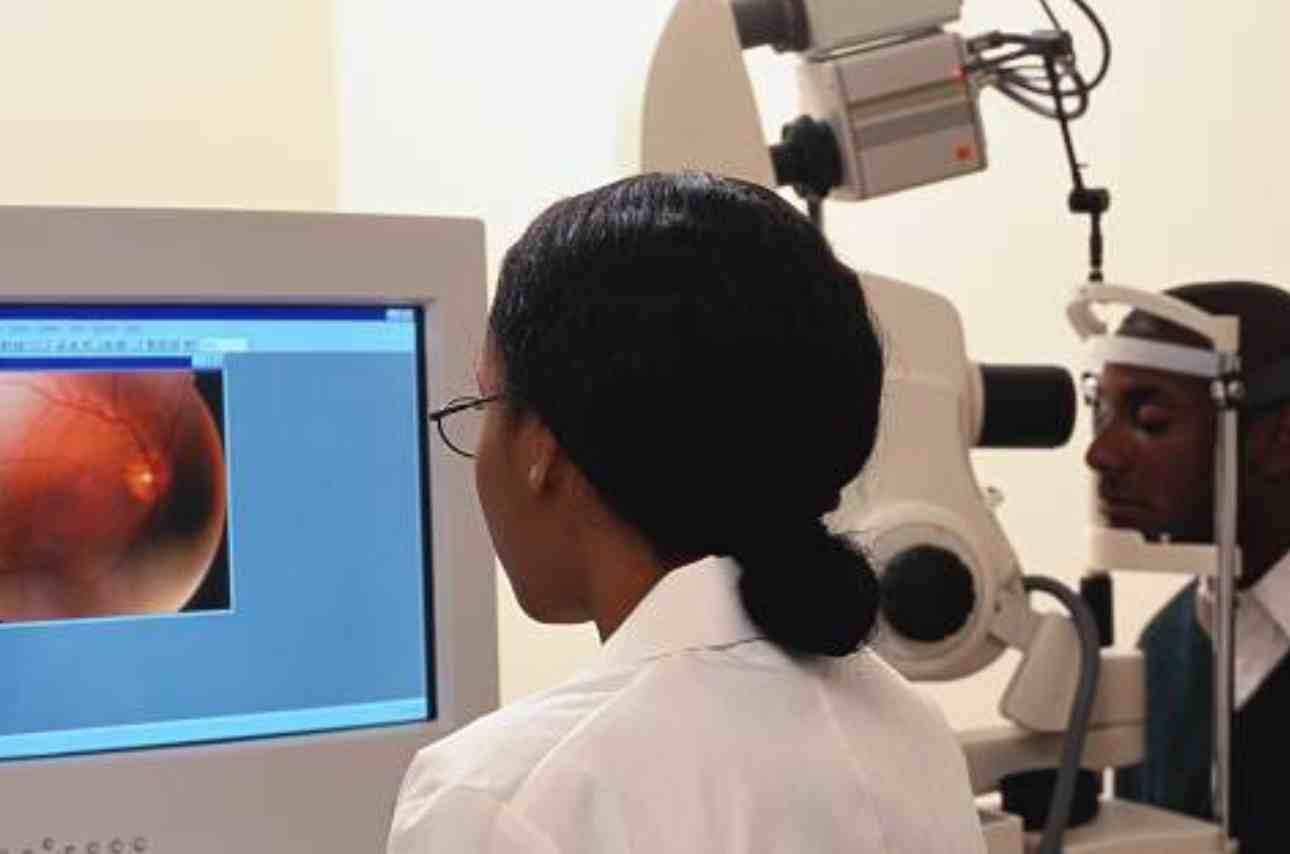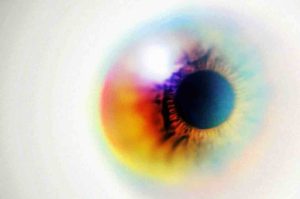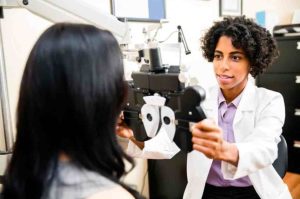
Retinal disorders encompass a range of conditions that affect the delicate tissue at the back of the eye responsible for vision. These disorders can have a significant impact on visual acuity and overall eye health. This comprehensive guide aims to provide Nigerians with a better understanding of common retinal disorders, their causes, symptoms, diagnosis, and available treatment options.
The retina is the light-sensitive layer of tissue that lines the back of the eye. It converts light into electrical signals that are sent to the brain through the optic nerve, where they are processed into images. The retina is essential for vision, and any damage or disease that affects it can lead to vision loss or blindness.
Retinal disorders are a group of conditions that affect the retina and its function. They can be caused by various factors, such as aging, genetics, infections, injuries, diabetes, hypertension, or other systemic diseases. Some of the common retinal disorders include:
1. Age-related macular degeneration (AMD): This is a degenerative condition that affects the macula, the central part of the retina that is responsible for sharp and detailed vision. AMD causes gradual loss of central vision, making it difficult to read, drive, or recognize faces. AMD is the leading cause of blindness among older adults in Nigeria and worldwide.
2. Diabetic retinopathy (DR): This is a complication of diabetes that damages the blood vessels in the retina. DR can cause bleeding, swelling, or leakage of fluid in the retina, leading to blurred or distorted vision. DR is the leading cause of blindness among working-age adults in Nigeria and worldwide.
3. Retinitis pigmentosa (RP): This is a hereditary disorder that affects the photoreceptors, the cells in the retina that detect light. RP causes progressive loss of peripheral vision and night vision, resulting in tunnel vision or blindness. RP is one of the leading causes of bilateral blindness in Nigeria.
4. Retinal detachment: This is a medical emergency that occurs when the retina separates from the underlying layer of tissue. Retinal detachment can cause flashes, floaters, or a curtain-like shadow in the visual field. If not treated promptly, retinal detachment can lead to permanent vision loss.
5. Retinal vein occlusion (RVO): This is a blockage of one of the veins that drain blood from the retina. RVO can cause sudden or gradual loss of vision, depending on the location and extent of the blockage. RVO can also lead to complications such as macular edema (swelling of the macula) or neovascularization (growth of abnormal blood vessels).
6. Macular hole: This is a small break in the macula that causes a central blind spot or distortion in vision. Macular hole can be caused by aging, trauma, inflammation, or vitreomacular traction (pulling of the vitreous gel on the macula).
7. Parafoveal telangiectasia: This is a rare condition that affects the small blood vessels around the macula. Parafoveal telangiectasia causes leakage of fluid or blood in the macula, leading to blurred or distorted vision.

The diagnosis and treatment of retinal disorders depend on the type and severity of the condition. Some of the common diagnostic tests include:
1. Visual acuity test: This measures how well you can see at different distances.
2. Fundus examination: This uses an instrument called an ophthalmoscope to examine the back of your eye, including the retina and optic nerve.
3. Optical coherence tomography (OCT): This uses light waves to create detailed images of your retina and its layers.
4. Fundus fluorescein angiography (FFA): This uses a dye that is injected into your arm and travels to your eye. A special camera then takes pictures of your retina as the dye highlights its blood vessels.
5. Electroretinography (ERG): This measures the electrical activity of your retina in response to light stimuli.

Some of the common treatments for retinal disorders include:
1. Medications: These include eye drops, injections, or oral drugs that aim to reduce inflammation, swelling, bleeding, or abnormal blood vessel growth in the retina.
2. Laser therapy: This uses a beam of light to seal leaking or abnormal blood vessels, shrink tumors, or create scars to prevent retinal detachment.
3. Vitrectomy: This is a surgical procedure that removes some or all of the vitreous gel from your eye. Vitrectomy can help treat retinal detachment, macular hole, vitreomacular traction, or severe bleeding in the eye.
4. Scleral buckle: This is a surgical procedure that places a silicone band around your eye to push it against the detached retina and reattach it.
5. Pneumatic retinopexy: This is a surgical procedure that injects a gas bubble into your eye to push against the detached retina and reattach it.
6. Retinal implant: This is a device that is surgically implanted into your eye to replace damaged photoreceptors and restore some vision. Retinal implants are still experimental and only available for certain types of retinal disorders.
The prevention and management of retinal disorders depend on the underlying cause and risk factors. Some of the general tips include:

1. Regular eye check-ups: This can help detect and treat retinal disorders early, before they cause irreversible vision loss.
2. Control of blood sugar, blood pressure, and cholesterol levels: This can help prevent or delay the onset of diabetic retinopathy or retinal vein occlusion.
3. Quitting smoking and limiting alcohol intake: This can help reduce the risk of age-related macular degeneration or other retinal diseases.
4. Eating a balanced diet rich in antioxidants, vitamins, and minerals: This can help protect your retina from oxidative stress and inflammation.
5. Wearing sunglasses and hats: This can help protect your retina from harmful ultraviolet rays and blue light.
6. Avoiding eye injuries and infections: This can help prevent trauma or inflammation that can damage your retina.
7. Seeking immediate medical attention for any sudden or severe vision changes: This can help prevent permanent vision loss from retinal detachment or other emergencies.
Conclusion
Retinal disorders are a major cause of visual impairment and blindness in Nigeria and worldwide. They can affect anyone at any age, but some people are more prone to them than others. By understanding the types, causes, symptoms, diagnosis, treatment, and prevention of retinal disorders, you can take better care of your eyes and your vision.
